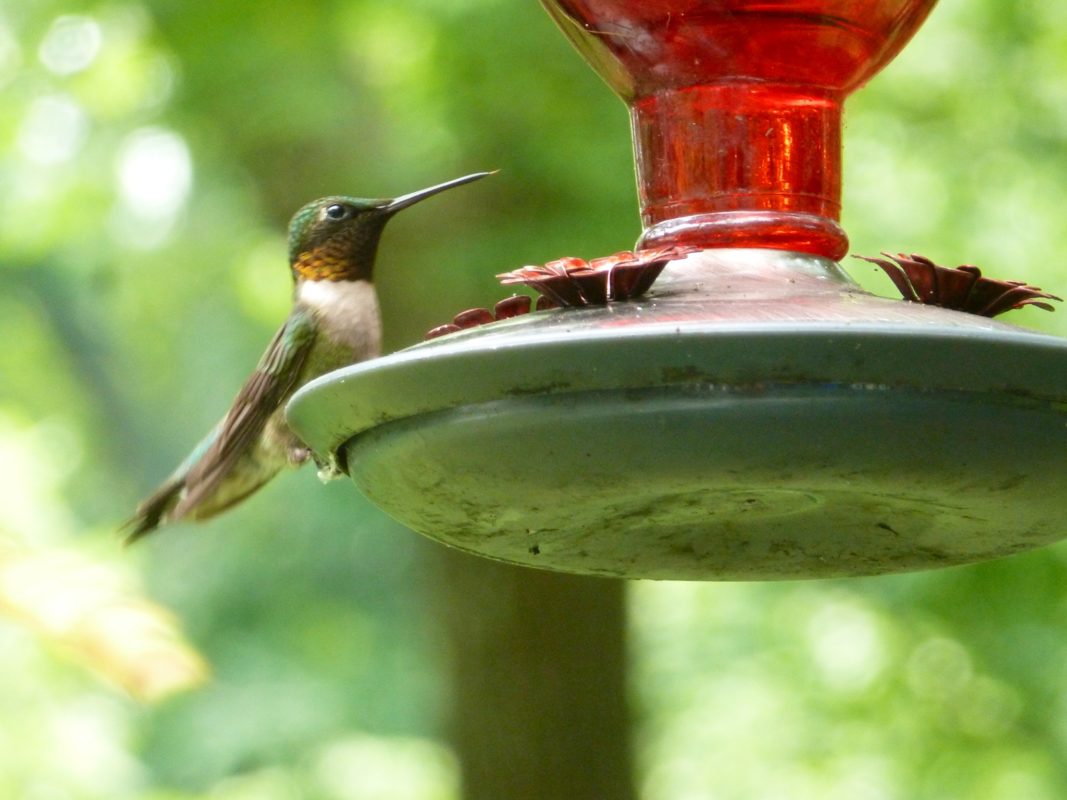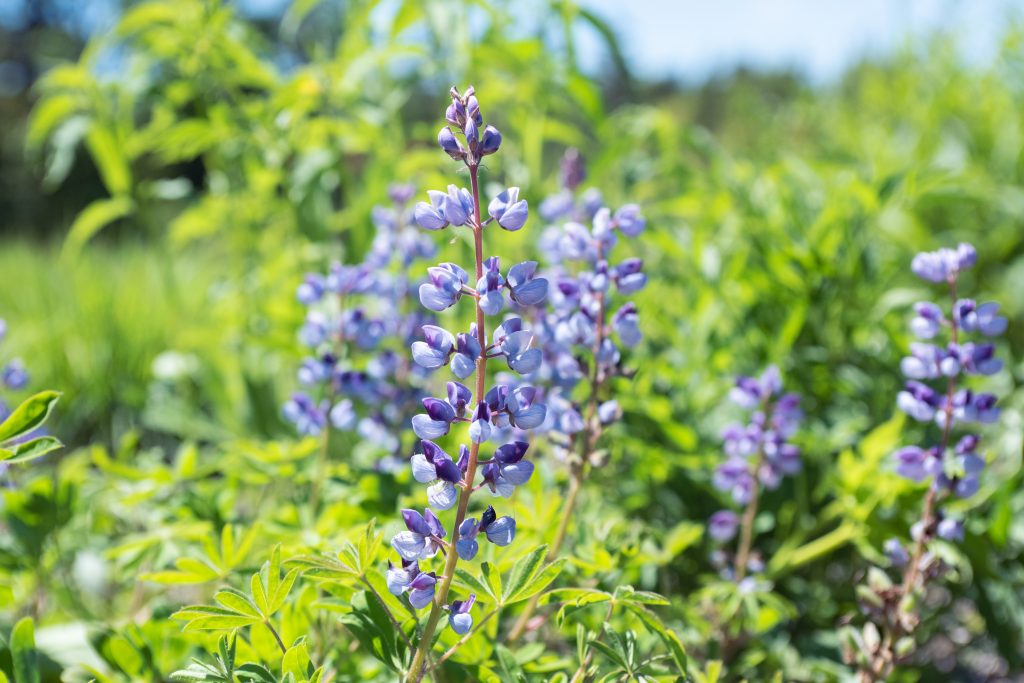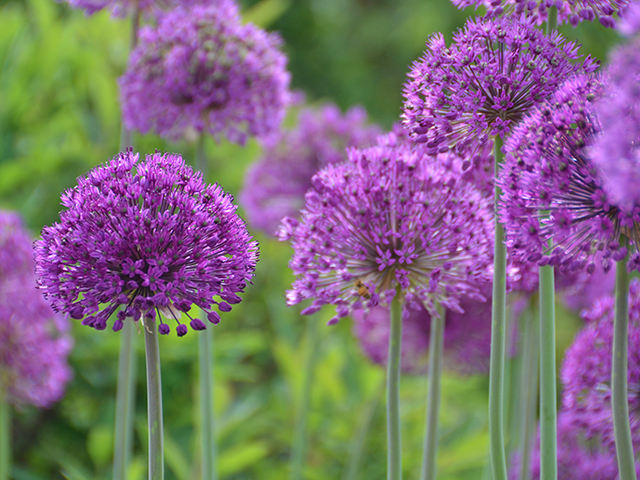I awoke this morning listening to the cacophony of birdsong. The spruce edges were filled with rapid twitching movement as new spring arrivals jockeyed for position at the feeding stations. In that moment, I felt grateful for the steadfast traditions of nature in the face of such uncertain times.
Amidst the morning chaos, it occurred to me that there was one feeder missing—the hummingbird feeders. These tiny magical creatures have always been some of my favorites. I thought about these little birds, weighing about as much as a penny, making their way 500 miles across the Gulf of Mexico. It’s no surprise that they might be hungry when they get here! With their arrival happening in the first week of May, it might be time to dig out the feeders and check my “hummer”-friendly plant list for spring.

Some of my favorites are Monarda, Fuchsia, Penstemon, Agastache and Lobelia. Natural sources of nectar are always best, so I consider my feeders as supplementary to my garden. Instead of spending money on expensive but unnecessary dyed-red sugar, I make my own mixture using 1 part sugar and 4 parts warm water, mixing it until the sugar dissolves. Feeders tend to be red since hummingbirds seem to prefer this color, although they will feed from many different plant types and colors. I also prefer glass feeders because they are easier to clean and sterilize than plastic. It is very important both to change the sugar water every few days and to clean the feeders—otherwise they can develop mold that is harmful to the birds. In addition to nectar and sugar, “hummers” also feed on tiny insects, spiders, and sap; they usually feed their young tiny insects.
In Maine, the ruby-throated hummingbird is our only summer hummingbird resident. The males are recognizable by their iridescent green plumage and a brilliant scarlet patch at (yes, you guessed it!) their throat. Females are a duller, faded green and grey color, which allows better camouflage for nesting.
If a feeding supply is available upon their arrival, there is a much better chance of daily close encounters with these small but mighty birds. The males arrive first and establish their feeding territories. The females come shortly thereafter and build nests close to food sources. To get ready for them, I do an annual inventory of my plantings, find and clean out my hummingbird feeders, and make sure that the two feeding stations on either side of my porch are ready for their arrival.
The result? Close contact with these amazing birds. They fly in from the tree edges, making rapid squeaking chirps. As they hover and feed, their wings beat at between 40-80 beats per SECOND! By midsummer they become rather fearless and will frequent the feeders within very close proximity to humans. I have a friend who had a clothesline in the back yard near the hummingbird feeders, and these little guys would use it to line up, sometimes 6-8 at a time, and wait their turn. They don’t always play nicely though, and the more dominant birds chase off young or submissive ones amidst lots of chattering and aerial acrobatics.
These magical little creatures really do enrich an already spectacular Maine summer. So many lovely evenings have been spent with a sunset and a glass of wine, quietly listening to the rapid beat of wings as these birds zoom in to feed. A little preparation now will allow for some enchanting encounters of the hummingbird kind later.
~Lesley Paxson, Horticulturist

